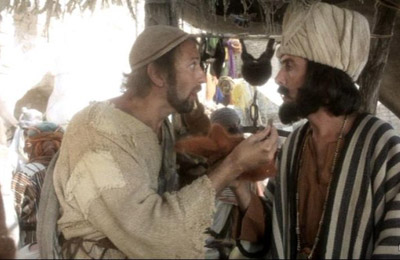The development of a new SaaS /Web app often takes longer than you want or expect. The problem is the devil is in the detail. And it takes time to get the small things right. Unfortunately most bootstrapped startups have very little time to get customer traction and revenues before the money runs out.
The main causes of website/ Web app development delays are an unrealistic project scope, not enough time for the finishing touches and late engagement with potential customers. From our startup experiences of building a website monitoring SaaS/web app keeping focused and realistic can go along way in saving time.

Developing the dream (The Never Ending Story movie)
The five main reasons for SaaS/Web development delays:
- Lack of resources – Obvious I know. After a lack of paying customers this is the biggest problem for most bootstrapping startups. Insufficient resources combined with an overly optimist project scope result in development delays. Startups need to be realistic and minimal with their first version.
- Feature creep – Developing software is dangerous. Its so easy to dream of what it could do. ‘Would’nt it be nice/cool’ features just keep being added into the work list once started. The downstream effect can be very painful: constant delays in releasing, a half baked/unfinished app being released or the app never sees the light of day. Keep it simple!
- Bug, bug & more bugs – Despite the tedious nature of regression testing and bug fixing it has to be done. As Paul Graham says, “Users hate bugs, but they don’t seem to mind a minimal version 1, if there’s more coming soon.” We’ve found that fixing immediate code problems in-flow is the most effective way to to minimise bug fixing time in the long run.
- Those little things – They take much more time than you think. Ryan Carson referred to them as Teaspoons: “You know when you are doing the washing up and you think you have done everything but then get to the bottom of the bowl and find 15 little teaspoons hanging around, and they take ages to finish! That’s us… lots of niggly little fixes, tweaks, minor design improvements.” Startups must allow the time to finish the job.
- Customer engagement – Rather than adding in features you like or think would be useful get the app out with potential customers. Let them lead the way. Beta testers and potential customers will show you new unidentified needs. This way time is not wasted on unneeded features. Remember Release early and release often.
Towards the end of developing a new SaaS/web app it sometimes feels like you are taking one step forward and then two back. Finishing a product is not simple. It’s time consuming and requires a big final push of effort and resources.
Once an app is out it’s only the start of the development story. An app is never really finished. It can always be improved, refined and optimised. It’s a continuous process. Enhancements, new minor and major features will be needed to keep customers satisfied and to stay ahead of the competition. Its a Never End Story!





 The Awards are up (
The Awards are up (



